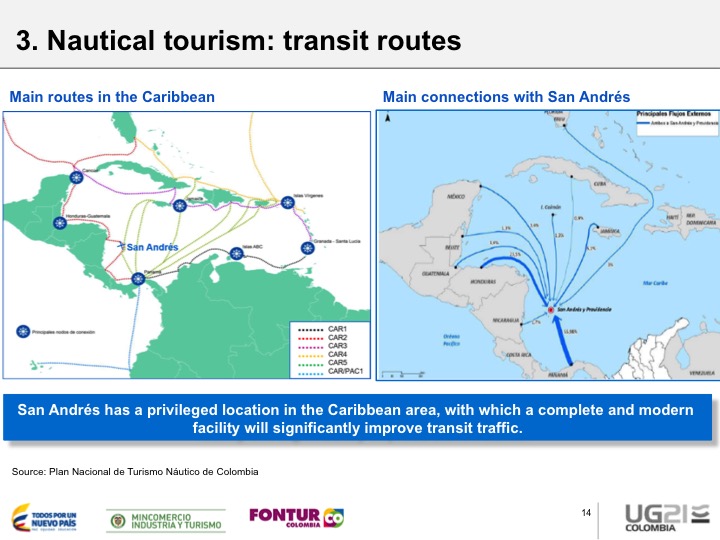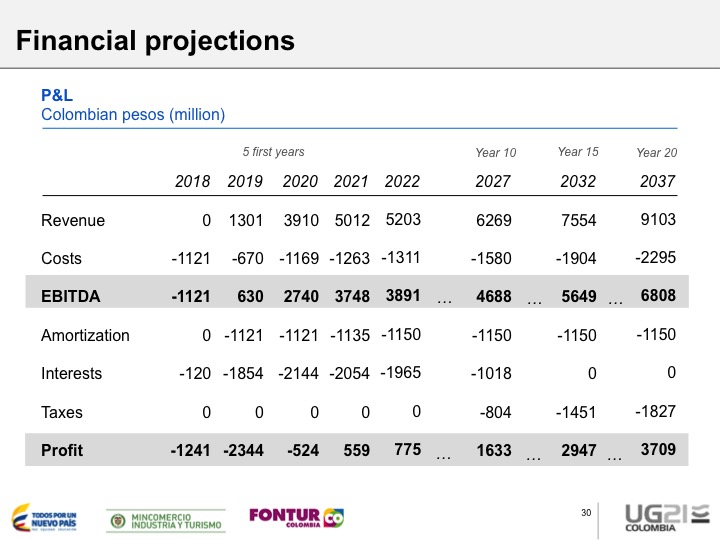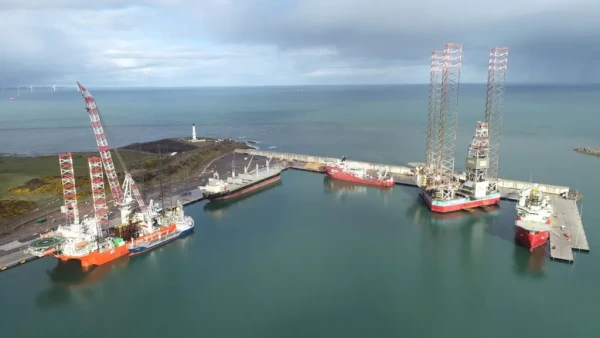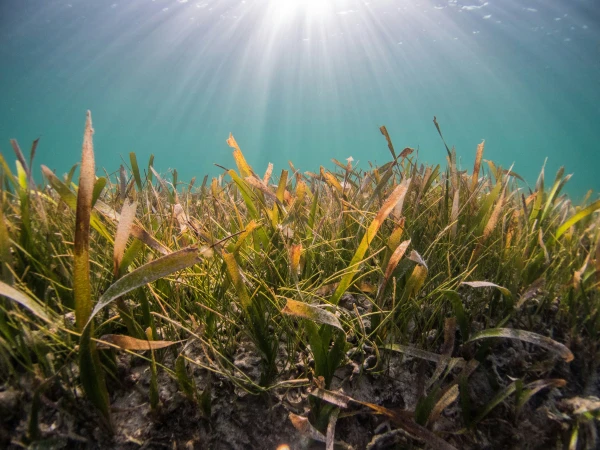Our Views
Feasibility study of marina projects
Welcome to our series of articles on feasibility studies, where we explore the key aspects and importance of conducting thorough assessments before embarking on major projects.
- What is a bankable feasibility study?
- How to do a feasibility study?
- Feasibility study consultants: expertise needed
- Cost of a feasibility study
- Car Park Feasibility Study: Key considerations
- Hotel Feasibility Study: Methodology
- Feasibility study of solar PV projects: Key components
- Feasibility study of real estate developments
- Feasibility study of marina projects
In this post, we will delve into the case of a marina project.
Introduction
The allure of a marina project can hardly be overstated. From transforming coastlines into vibrant hubs of activity to boosting local economies and offering recreational amenities, marina projects have the potential to be both lucrative investments and valuable community assets. However, their successful execution hinges on a critical foundational step: the Feasibility Study.
At Aninver, we have had the privilege of working with public and private clients and leveraging our expertise to ensure the success of marina projects worldwide. In this article, we delve into the essential components of a Marina Project Feasibility Study, with a particular focus on technical and economic analyses, shedding light on the intricacies involved in steering such ventures toward prosperity. We have also experience as blue economy consultants and we recently wrote an explanation of all the blue economy concepts, check our post!
1. Technical Analysis
1.1 Site Selection and Design
Site Selection: Identifying the optimal location for a marina is a nuanced process. It involves a careful examination of various factors, including:
- Water Depth: Sufficient water depth must be available to accommodate vessels of various sizes safely.
- Accessibility: Proximity to navigable waterways, transportation networks, and amenities is essential.
- Environmental Impact: Assessing the potential impact on local ecosystems and habitats.
Design Plan: Once a site is selected, a comprehensive design plan is formulated. This includes:
- Dock Layout: Determining the arrangement of slips, piers, and amenities.
- Facility Design: Planning for on-site facilities such as restaurants, fueling stations, and maintenance areas.
- Infrastructure: Identifying the necessary utilities, including electricity, water, and sewage.
1.2. Infrastructure and Engineering
Engineering Evaluation: The technical analysis dives deep into the engineering aspects of the marina project, addressing:
- Dredging Needs: Assessing whether dredging is required to achieve the necessary water depth.
- Breakwater Construction: Evaluating the need for breakwaters to protect vessels and infrastructure from wave action.
- Utility Connections: Identifying the infrastructure required to provide utilities to the marina.
Safety and Compliance: Ensuring safety and compliance with regulations is paramount. The technical analysis verifies that:
- Construction Standards: All construction adheres to safety and environmental standards.
- Regulatory Approvals: Necessary permits and approvals are obtained.
- Accessibility: The marina is accessible and compliant with regulations such as the Americans with Disabilities Act (ADA).
2 Market Assessment
2.1. Identify the Target Market
- Determine the primary target market for your marina project. This could include recreational boaters, yacht owners, tourists, or other potential user groups. Consider factors like age, income, interests, and geographic location.
2.2. Collect Market Data
- Gather relevant data to support your market assessment. Sources of data may include government reports, industry publications, market research firms, and local chambers of commerce. Key data points to collect include:
- The number of registered boats in the area.
- Trends in boat ownership and types of vessels.
- Local tourism statistics, including visitor numbers and spending.
- Competitive marinas in the region, their facilities, and pricing.
- Seasonal variations in demand for marina services.
- Economic indicators, such as income levels and disposable income of the target market.

Visitors analysis in Feasibility study of marina project. Source: Aninver
Explore market trends related to boating and recreational activities. Investigate whether there is a growing interest in water-based activities or any emerging trends that could impact your marina project.
2.3. Analyze Competitive Landscape
- Evaluate existing marinas and competitors in the area. Assess their strengths, weaknesses, pricing strategies, and customer reviews. Identify gaps in services or opportunities for differentiation.
2.4. Demand Forecasting and pricing strategy
- Use the data collected to forecast the demand for marina services. Consider factors such as seasonal variations, regional events, and economic trends. This forecast will help estimate the utilization rate of your marina.
- Develop a pricing strategy based on the market analysis. Consider competitive pricing, but also factor in the unique features and benefits your marina offers. Pricing should be competitive yet reflective of the value you provide.

Yatch transit routes analysis in Feasibility study of marina project. Source: Aninver
3. Economic and Financial Projections
The economic and financial analysis is a crucial part of a Marina Project Feasibility Study, as it helps determine the project's financial viability and potential return on investment. Here's a step-by-step guide on how to conduct the economic and financial analysis for your marina project:
3.1. Gather Cost Data
- Identify and gather all the relevant costs associated with the marina project, including:
- Initial Construction Costs: This includes land acquisition, infrastructure development, dredging, dock construction, utilities, and permitting fees.
- Operating Expenses: Estimate ongoing operational costs, including staffing, maintenance, utilities, insurance, and marketing expenses.
- Financing Costs: If the project will be financed, consider interest expenses on loans or other financing arrangements.
3.2. Revenue Projections
- Develop detailed revenue projections based on the market assessment and expected demand. Consider factors such as:
- Slip rental fees.
- Revenue from fueling stations, restaurants, and other on-site amenities.
- Seasonal variations in revenue.
- Potential income from special events or services.
3.3. Discounted Cash Flow Analysis
- Calculate the net present value (NPV) of the project by discounting all future cash flows (both revenue and expenses) to their present values. The discount rate should reflect the project's risk profile.
- Evaluate the internal rate of return (IRR) to determine the project's potential profitability. An IRR higher than the project's cost of capital is generally favorable.
3.4. Sensitivity Analysis
- Conduct sensitivity analysis to assess the impact of changing key variables on the project's financial outcomes. This helps identify potential risks and uncertainties.
- Variables to consider may include changes in demand, construction costs, operating expenses, and interest rates.
3.5. Financing Options
- Evaluate different financing options, such as equity investments, loans, or public-private partnerships (PPPs). Assess the cost of capital associated with each financing option and its impact on the project's financial metrics.
- Prepare a comprehensive financial projections report that includes:
- Cash flow statements, income statements, and balance sheets for multiple years.
- Sensitivity analysis results.
- NPV, IRR, and payback period calculations.
- Financing options and their implications.
- Tax considerations and incentives.

Financial analysis in Feasibility study of marina project. Source: Aninver
4. Risk Analysis
Every investment carries risks, and marina projects are no exception. A robust feasibility study includes a risk assessment that identifies potential challenges, such as regulatory changes, market fluctuations, or unexpected construction delays. Mitigation strategies are developed to address these risks and enhance project resilience.
You can do a multicriteria risk analysis evaluating all the risks with the probability of occurrence and the potential impact on the project.
5. Environmental and Social Analysis
Marina projects often have ecological implications, which necessitate a comprehensive Environmental Impact Assessment. This evaluation examines potential effects on local ecosystems, water quality, and wildlife. Mitigation measures are devised to minimize adverse impacts and promote sustainability.
The social analysis focuses on the project's influence on the local community. Factors such as employment opportunities, improved infrastructure, and tourism benefits are considered. Ensuring that the project aligns with community interests and contributes positively to the social fabric is paramount.
Final thoughts
In the world of marina projects, success hinges on a well-executed Feasibility Study, one that integrates technical and economic analyses seamlessly. Yet, the journey towards a prosperous marina project extends beyond these key components. A holistic approach, encompassing environmental, social, and commercial analyses, is essential. As a consulting firm with a proven track record, we understand that each project is unique, requiring tailored strategies and meticulous analysis.
At Aninver Development Partners, our commitment to excellence extends to every feasibility study we undertake. With a dedication to precision, sustainability, and the realization of our clients' visions, we stand ready to guide marina projects toward a future of success, where coastlines are transformed into thriving, sustainable assets, benefiting both investors and communities alike.
Our experience in marina assignments:
- Feasibility Study for a new marina in the island of San Andrés through PPP
- Financing of Marina Malaga PPP
You can also check our experience in Feasibility studies of PPP projects.










